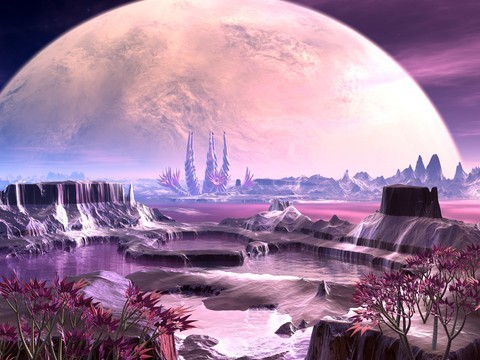Here is the compound that they think would indicate such phenomenon:
But where would life most likely gain energy from its surroundings? One possibility is in an environment that includes “green rust,” a partially oxidized iron mineral. A fully oxidized iron “rust” — one exposed to oxidation for long enough — turns orangey-red, similar to the color of Mars’ regolith. When oxidization is incomplete, however, the iron rust is greenish.
“From an environmental science perspective, green rust can absorb and concentrate nutrients, and can also accept and donate electrons for life,” said Barge.
That’s pretty cool. A bit of a reach in my opinion but neat and definitely a possibility worth exploring further. Here is also a cool video about life on Mars in general we hope you enjoy it!
thanks to Elizabeth Howell with space.com for the info

Sy. Gueyes
If they really wanted to find evidence of past life on Mars, they would look under the surface.
Eh, chemical or biological processes can be responsible for this.
Inconclusive at best.
Yup, they need a “Mole” robot which can burrow and seek out pockets of salty H2o below the surface. Best chance is just below 1 meter where there’s no chance of solar radiation.
Yes.